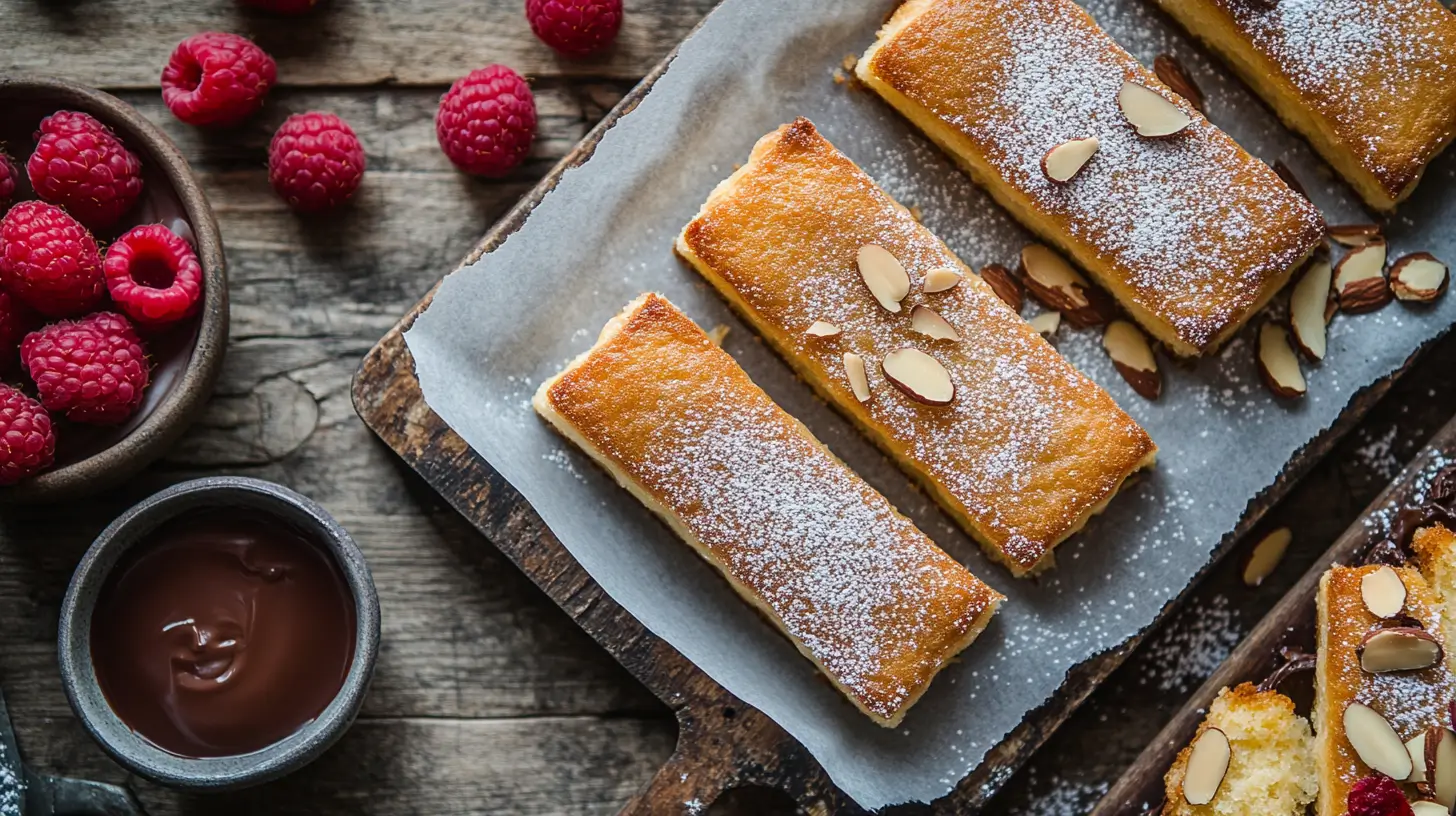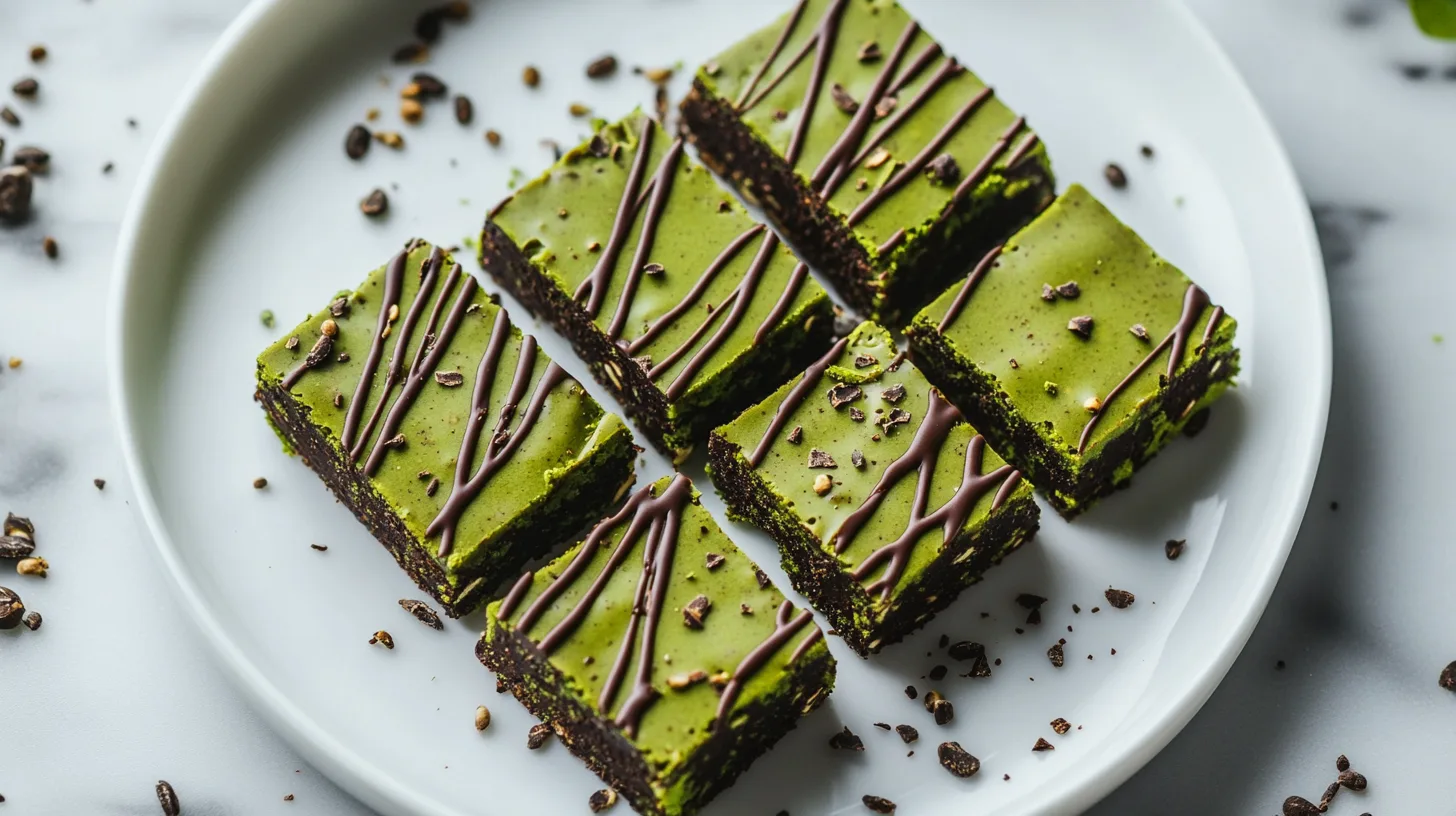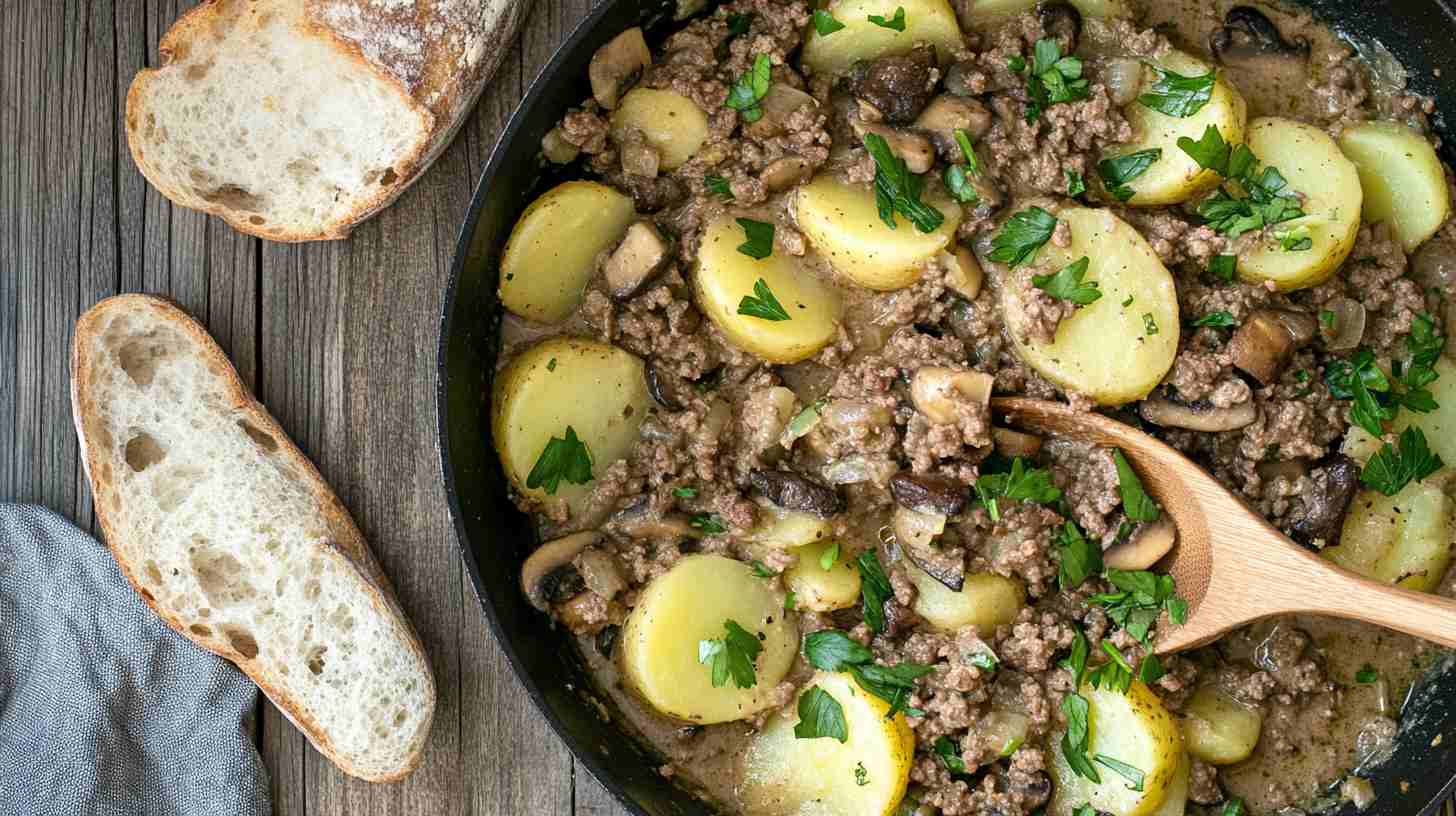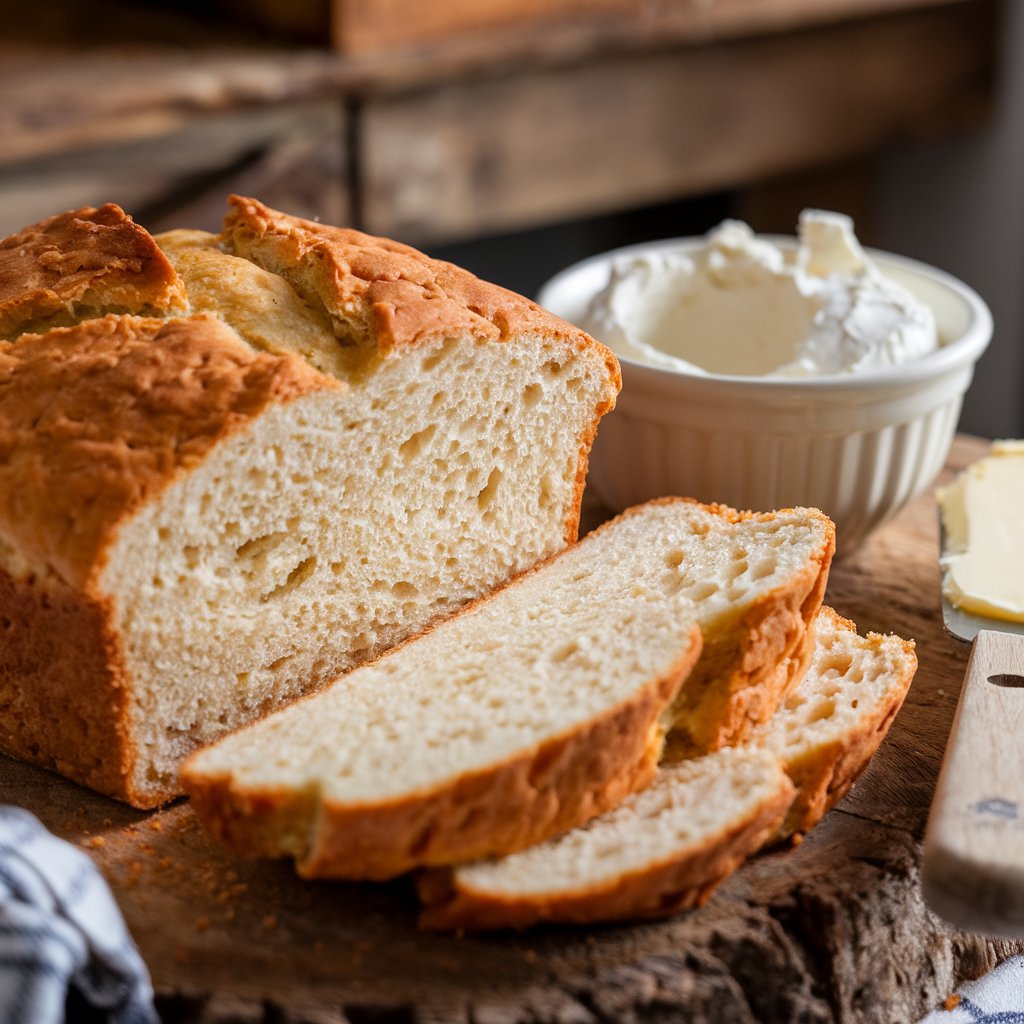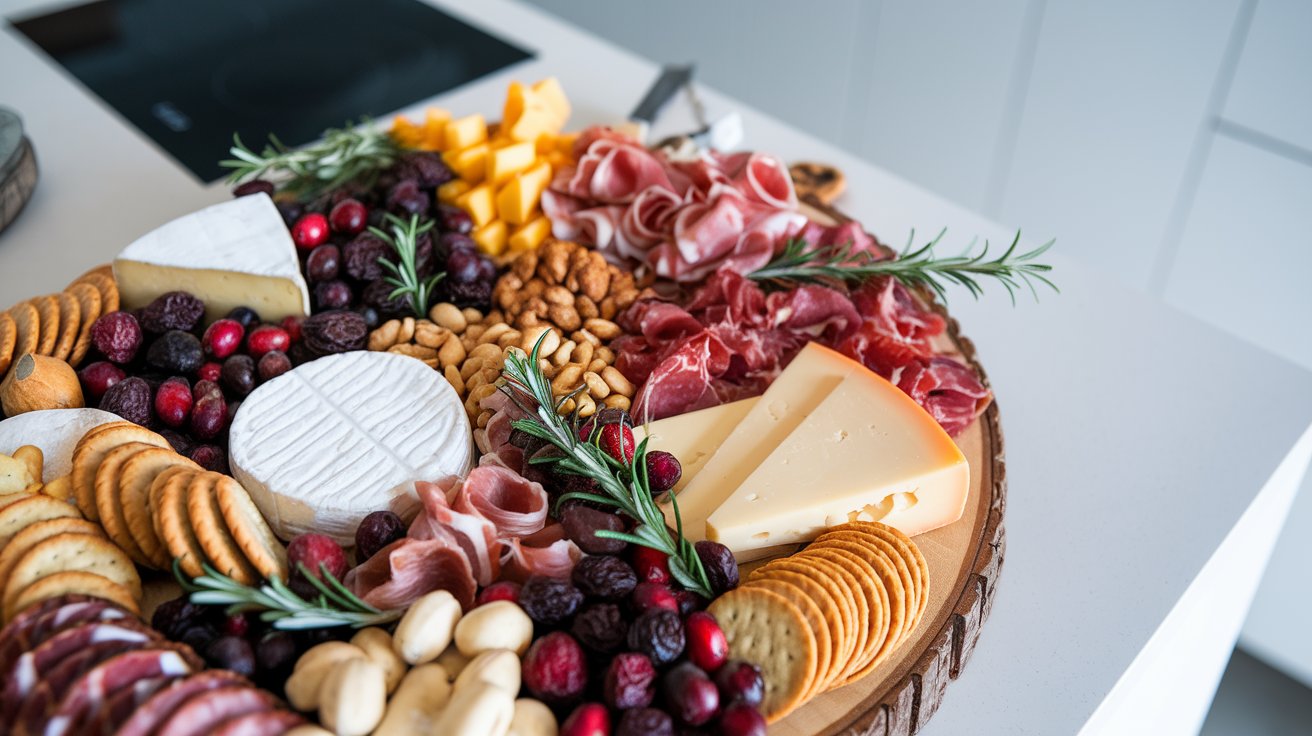Why is it called financier cake? This question has puzzled dessert lovers and food enthusiasts for years. You might have spotted these golden, almond-rich pastries at a bakery, but here’s the twist—this small French treat carries a name as intriguing as its flavor. First, let me tell you, these cakes are a dream to make—simple, quick, and perfect for anyone craving a fuss-free dessert. But it’s not just about ease; financiers pack wholesome ingredients like almond flour and browned butter, offering a slightly healthier indulgence.
Now, imagine a dessert that’s not only delicious but also incredibly versatile. Want to pair it with coffee? Perfect! Need a snack for a tea party? Done! These little cakes rise to every occasion, which is exactly why they’re a must-try.
So, what’s the story behind their name, and how do you create this delightful pastry at home? Keep reading, because I promise you’re about to uncover something truly fascinating and tasty!
Key Ingredients for a Perfect Financier Cake
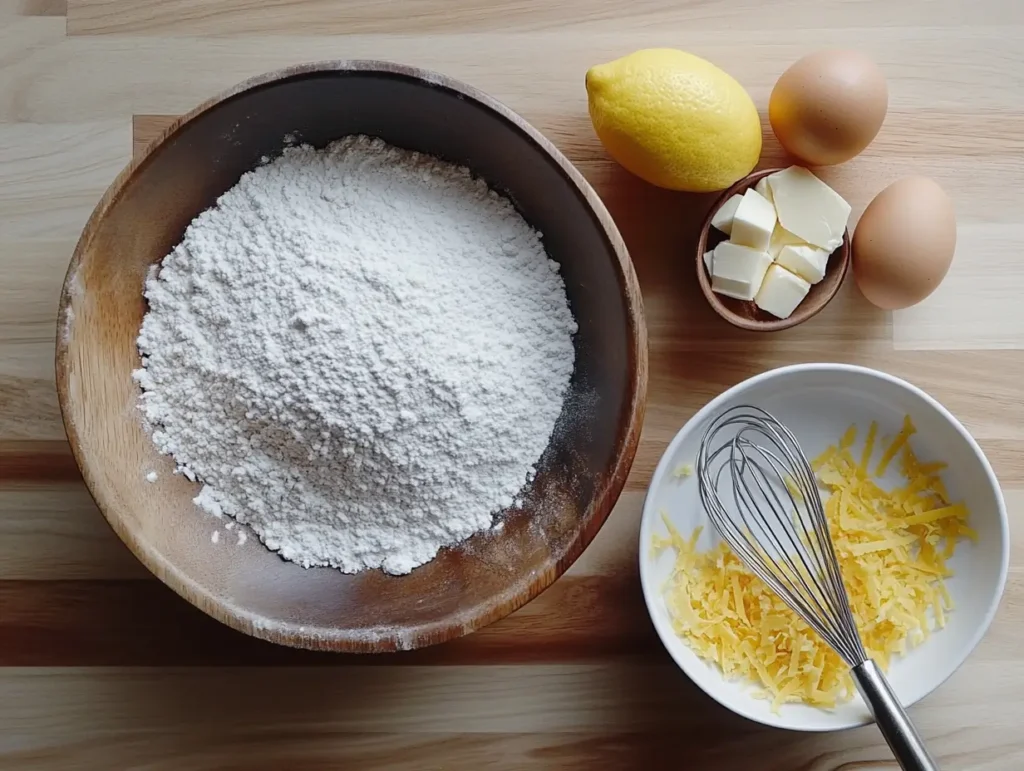
This section covers the essential ingredients needed to make a perfect cake, highlighting the importance of freshness and quality to achieve the best flavor and texture.
Selecting Fresh Financier Cake
Freshness matters most when you bake the perfect cake You’ll need top-notch almond flour, as this is the heart of the recipe. Look for fine, light almond flour that’s fresh and fragrant—stale or low-quality flour can dull the nutty flavor. Egg whites are another essential ingredient, and separating them from the yolks just before baking ensures a lighter, airier texture.
For the beurre noisette (or browned butter), fresh, unsalted butter is a must. Brown butter gives the financiers their signature nutty richness, so you want it to shine. Use high-quality powdered sugar to achieve the delicate sweetness that defines financiers. Finally, consider adding fresh berries, pistachios, or even chocolate chips for variety, but remember, the ingredients should complement—not overpower—the cake’s almond base. If you’re a fan of pairing cakes with a creamy dessert, try this easy creamy vanilla rice custard recipe, perfect for pairing with a financier cake.
By using fresh, high-quality ingredients, you’ll make financiers that taste just as incredible as those in a Parisian bakery.
Essential Seasonings and Flavor Enhancers
Seasonings and flavor enhancers transform the simple ingredients into something extraordinary. A pinch of salt balances the sweetness, while vanilla extract enhances the overall flavor. Lemon zest is another fantastic addition—it adds a bright, citrusy note that pairs beautifully with the almond and butter flavors.
For a slightly different twist, try adding a small amount of almond extract. It intensifies the nutty aroma and makes the almond flavor pop. Brown butter itself is a flavor enhancer, offering warm, caramel-like notes. If you’re feeling adventurous, sprinkle a touch of cinnamon or cardamom into the batter for a subtle spice kick.
These seasonings work together to create a flavor profile that’s rich, complex, and utterly irresistible. The right blend of seasonings ensures your financiers are not only delicious but memorable, whether you stick with the classic recipe or add your personal twist.
Step-by-Step Instructions for Why is it Called Financier Cake?
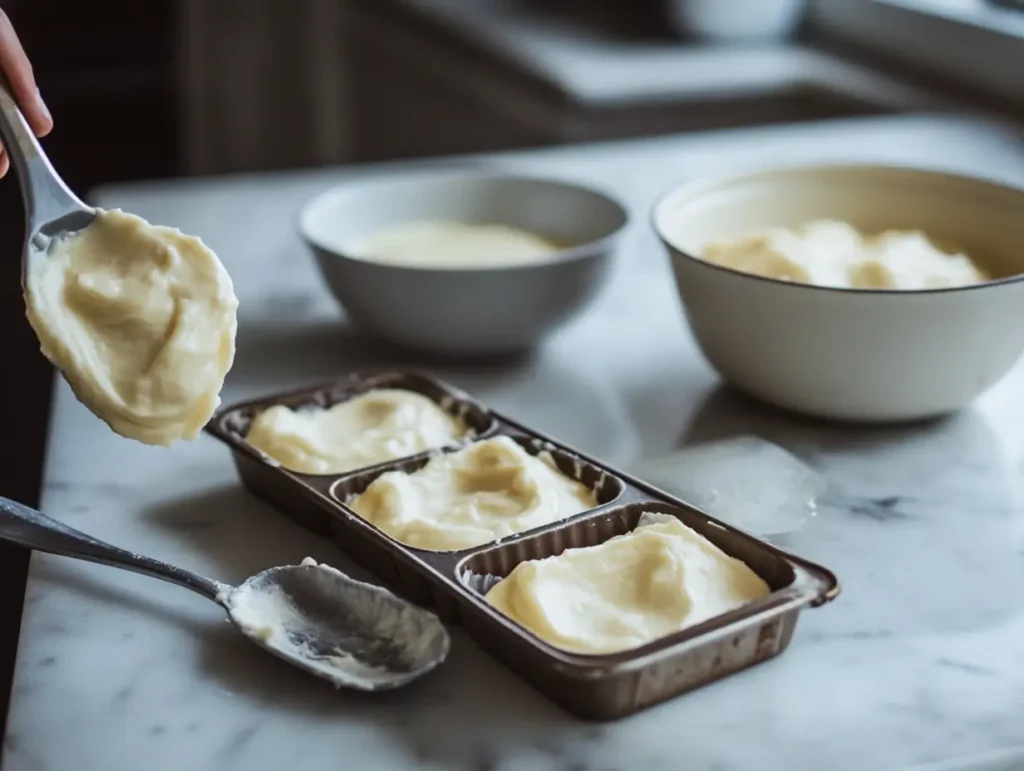
Preparing the Why is it Called Financier Cake?
The first step to making a delicious cake is preparing your ingredients. Start by preheating your oven to 375°F (190°C) and greasing your rectangular molds—these give the cakes their iconic gold-bar shape. Gather almond flour, powdered sugar, egg whites, unsalted butter, and a pinch of salt. Measure everything carefully because precision is key in baking.
Begin by sifting the almond flour and powdered sugar together into a mixing bowl to avoid lumps. This creates a smooth batter and ensures the cake has a fine texture. Next, separate your eggs, keeping only the whites. Gently whisk the whites until frothy but not stiff—this helps incorporate air into the batter for a lighter cake. Finally, make your browned butter (beurre noisette) by melting the butter in a saucepan until it turns golden and aromatic.
With your ingredients ready, you’re all set to move on to the next exciting step!
Making the Why is it Called Financier Cake?
Now it’s time to combine all those prepared ingredients into a batter. Start by gradually adding the browned butter to the dry ingredients while mixing gently. The nutty aroma of the butter will blend beautifully with the almond flour. Next, slowly pour in the whisked egg whites and fold them into the batter using a spatula. Be careful not to overmix—the batter should be smooth but not runny.
Spoon the batter into the greased molds, filling each about three-quarters full. This allows space for the cakes to rise without spilling over. Pop the molds into the preheated oven and bake for 12–15 minutes. Keep an eye on the cakes as they bake; the edges should turn golden brown while the center stays soft.
Once done, let the financiers cool in the molds for a few minutes before transferring them to a wire rack. And voilà—you’re ready to enjoy these French delicacies!
Mastering the Caramelization Process for Financier Cake?
Selecting Fresh Why is it Called Financier Cake?
To master the caramelization process, it’s essential to work with fresh, high-quality ingredients. The butter, in particular, plays a huge role. Fresh, unsalted butter caramelizes beautifully during heating and creates the nutty, slightly sweet flavor that defines financiers. Choose butter with a high fat content for the best results.
Additionally, fresh almond flour ensures that the cakes develop a rich, golden crust. Avoid stale or clumpy flour, as this can interfere with caramelization. The powdered sugar also contributes to the process, so use a fine-quality product that melts smoothly into the batter. When all your ingredients are fresh, the caramelization process becomes seamless, resulting in a crisp, perfectly browned exterior.
Tips for Perfect Caramelization
The key to perfect caramelization in a cake lies in patience and precision. When browning the butter, keep the heat low and stir constantly to avoid burning it. You’re looking for a golden-brown hue and a nutty aroma—this is beurre noisette at its best!
Preheat your oven properly before baking, and place the cakes on the center rack. This ensures even heat distribution, creating the perfect crisp exterior. Avoid opening the oven door too often, as this can disrupt the caramelization process. Lastly, use the right molds—metal molds work best because they conduct heat evenly, giving the cakes their golden crust.
Follow these tips, and your financiers will have the perfect balance of a soft interior and a caramelized, crispy exterior every time!
How to Serve and Present Why is it Called Financier Cake?
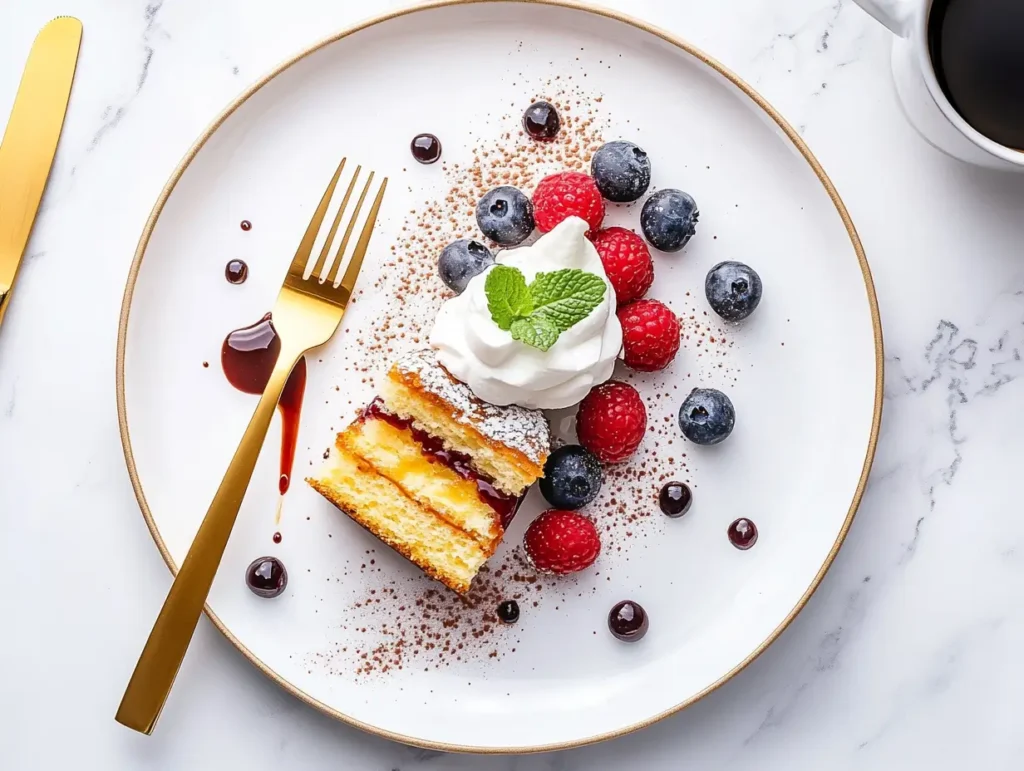
Garnishing and Plating Tips
Serving cake is all about adding that wow factor. Once cooled, dust the cakes lightly with powdered sugar for a classic look. You can also garnish them with a few toasted almond slices or a drizzle of melted chocolate to make them extra special.
If you’re feeling fancy, plate each financier alongside a dollop of whipped cream or a scoop of vanilla ice cream. Arrange fresh berries like raspberries or blueberries on the side for a pop of color and tanginess. Remember, presentation is as important as taste, so use a clean, minimalist plate to let the financiers shine.
Pairing with Other Things
Pair the buttery financiers with the right drinks and accompaniments to elevate your dessert experience. A strong espresso or a creamy latte pairs beautifully with their nutty flavor, which complements the boldness of coffee. If you prefer tea, choose Earl Grey or green tea to balance the sweetness.
For a dessert platter, include financiers alongside fresh fruit salad or a rich chocolate sauce for dipping. You can also feature them as part of a high-tea menu with macarons and scones. Their versatility makes financiers stand out at any gathering, whether it’s casual or fancy!
Creative Variations Recipe
Spicing Up the Classic Why is it Called Financier Cake?
Ready to put a twist on the classic financier cake? Spice things up by adding a pinch of cinnamon, nutmeg, or even cardamom to the batter. These warm spices enhance the nutty flavor of the almond flour and give the cakes a seasonal flair. For an adventurous twist, discover vegan matcha bars, a variation of financier cakes using matcha.
For a fruity variation, top each financier with a slice of pear, apple, or plum before baking. The fruit caramelizes during baking, adding a burst of flavor with every bite. You could even sprinkle a bit of coarse sugar on top for an extra crunch!
Adding Unique Ingredients to Enhance Flavor
Want to take your financiers to the next level? Try substituting almond flour with hazelnut or pistachio flour for a distinct nutty profile. You can also fold in ingredients like matcha powder or cocoa for a unique twist. Adding a handful of chocolate chips, dried cranberries, or chopped nuts to the batter makes each bite a delightful surprise. For a citrusy pairing, brighten your dessert table with lemon blossoms, a citrusy complement to financiers.
Adding a handful of chocolate chips, dried cranberries, or chopped nuts to the batter makes each bite a delightful surprise. For a more decadent take, swirl in dulce de leche or Nutella before baking. You can customize financiers in countless ways to suit any occasion or craving!
FAQ’s
Why is a financier called a financier?
The name “financier” comes from the cake’s association with bankers in Paris. Pastry chef Monsieur Lasne created it in the late 1800s to appeal to busy financiers working near the Paris Stock Exchange. Its rectangular, gold-bar-like shape and portability made it a convenient and luxurious treat for these professionals.
What is the story of financier cake?
Financier cake has an interesting backstory. Nuns originally created these almond cakes, known as Visitandines, in the 17th century.
What is the difference between financier and madeleine?
While both are French cakes, financiers and madeleines differ in texture and shape. Financiers feature an almond base, a rectangular shape, and a moist texture from browned butter and egg whites.
What is another name for financier cake?
The financier cake was originally known as “Visitandine.” This name dates back to the time when nuns of the Visitation Order first created the almond-based recipe.
What is the origin of the word financier?
The word “financier” originates from the French term for a person involved in finance or banking. The cake’s name reflects its popularity among bankers and its gold-bar shape, symbolizing wealth and luxury.
What is the difference between a financier and a cupcake?
Financiers and cupcakes are quite different. Financiers are dense, moist, and almond-flavored, with a crispy exterior due to browned butter. They are typically small and rectangular.
Enjoy Your Delicious Why Is It Called Financier Cake? The History Behind This French Delicacy
Now you know the answer to the question, Why is it called financier cake? These delightful almond cakes combine a rich history with the culinary traditions and charm of Paris. Their unique gold-bar shape and nutty flavor make them truly special. First created to cater to busy bankers, they’ve since become a favorite treat for dessert lovers worldwide.
The best part? You can make financiers with ease and enjoy them fresh from your oven. Experiment with flavors like hazelnut, matcha, or chocolate chips to add your personal twist. Pair them with coffee, tea, or even a dessert platter, and these little cakes will always shine as the star of the show.
So, why wait? Gather your ingredients, preheat your oven, and start baking these irresistible cakes today. Financiers are more than just a dessert—they represent a delicious slice of history that you can now share with every bite!

